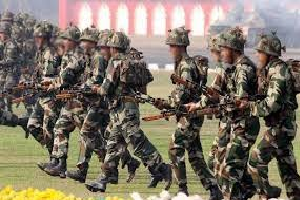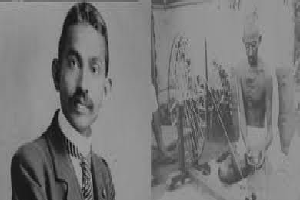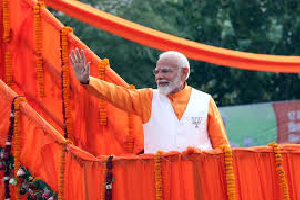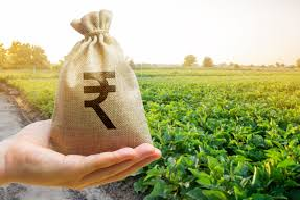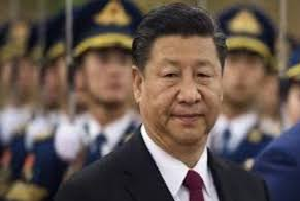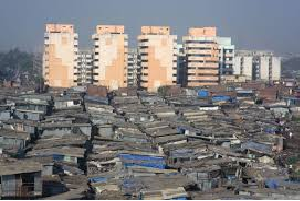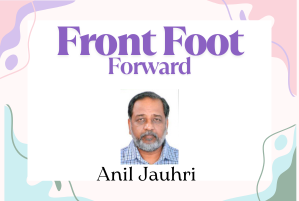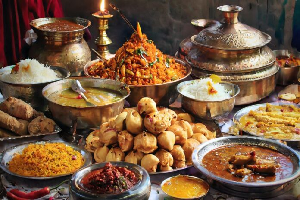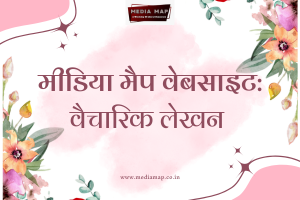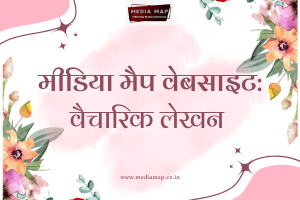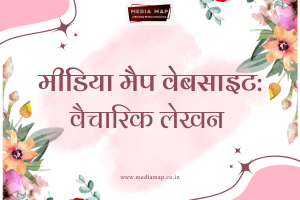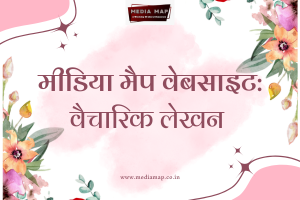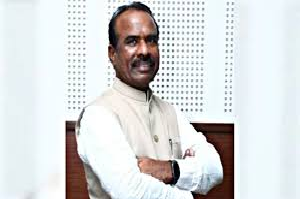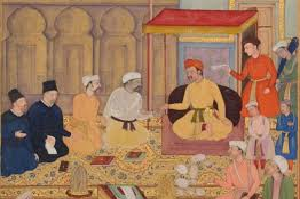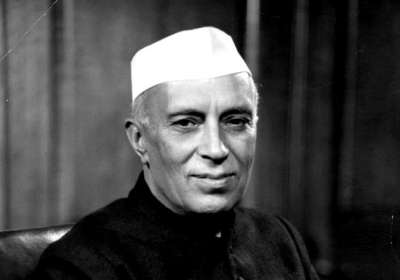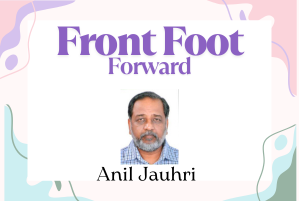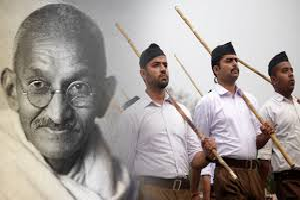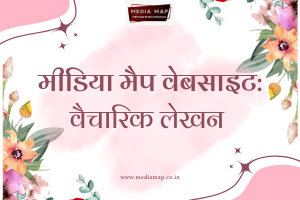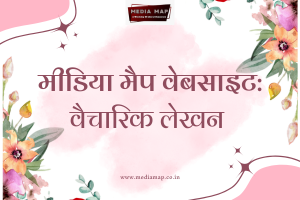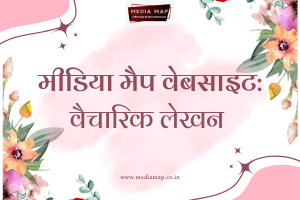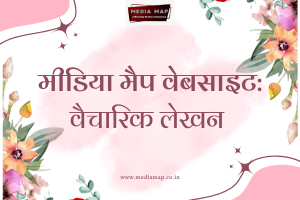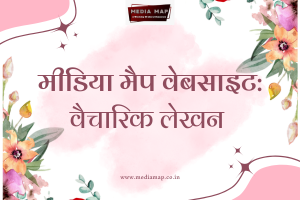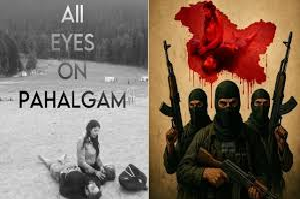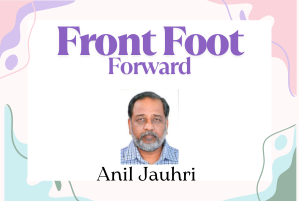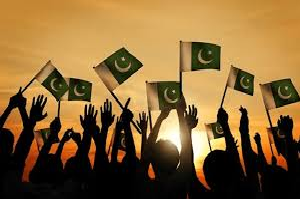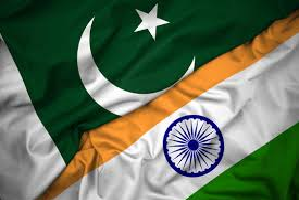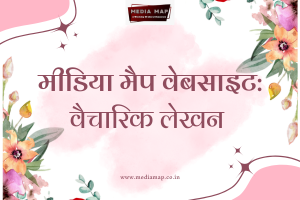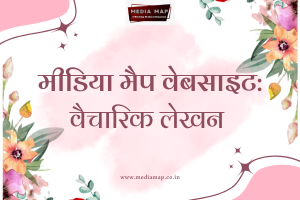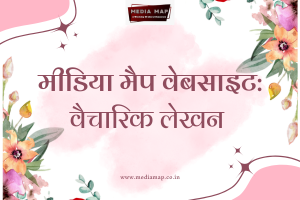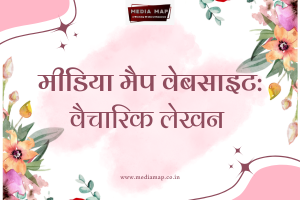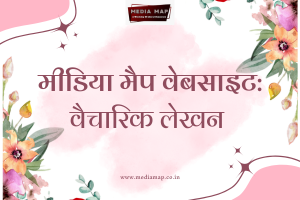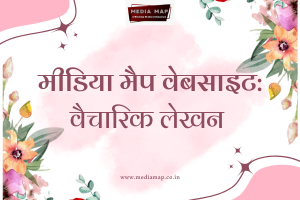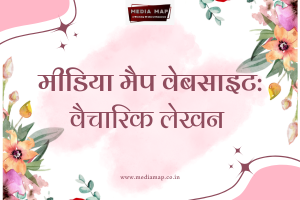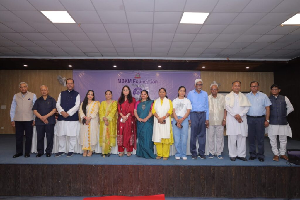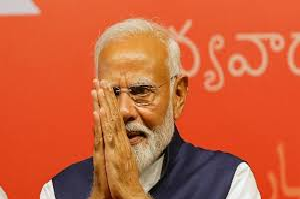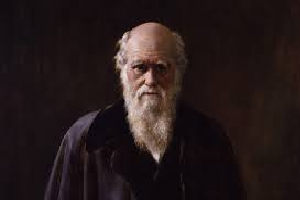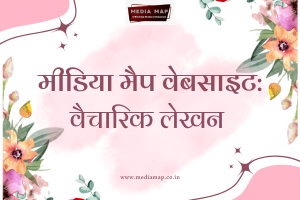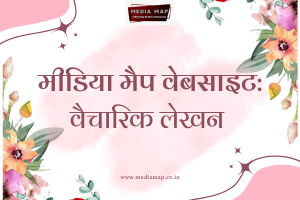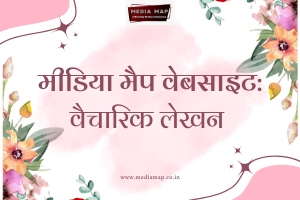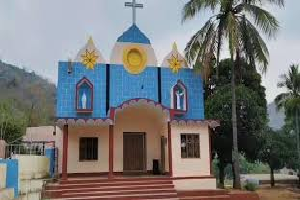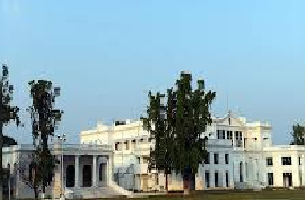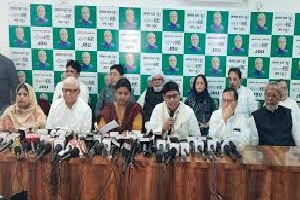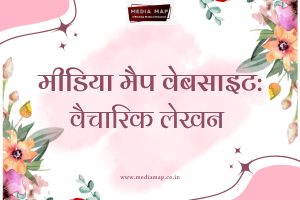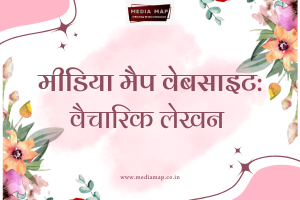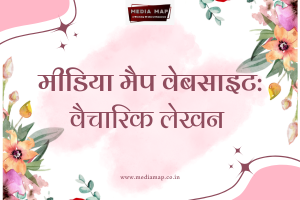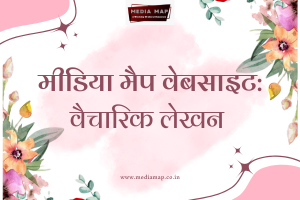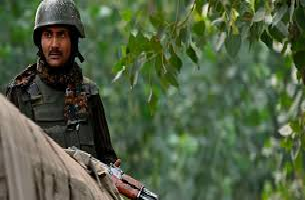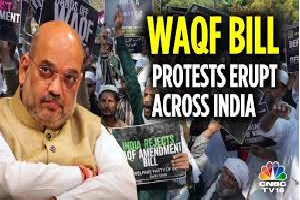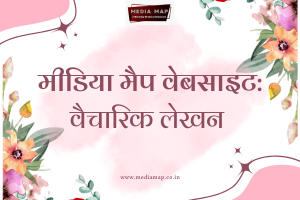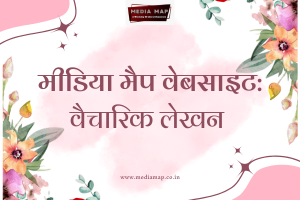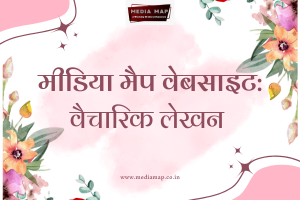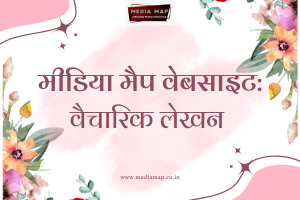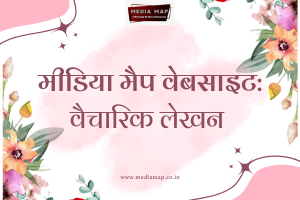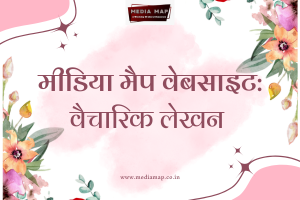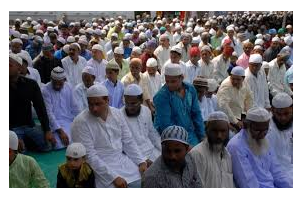24

Today’s Edition
New Delhi, 24 January 2024
N. Sathiya Morthy
The good thing for the INDIA combine this time is that such incongruities with neighbouring Kerala have not bothered voters in either state in the past. There is no reason to believe it would do so this time. Also in TN, the previous AIADMK-BJP combine from the Lok Sabha polls (2019) and the state assembly elections (2021) are split whereas the DMK-led combine, now in power, has held.
There is a definite element of anti-incumbency in Tamil Nadu and the question is if the split in the AIADMK-BJP votes will help the DMK combine this time. And how far a third alliance being propped up by the BJP would play havoc with the other two. The BJP hopes to recruit the three breakaway factions of the AIADMK, and also the late actor-politician Vijayakanth’s DMDK, the latter for the ‘sympathy factor’ attaching to his recent death.
The Vanniar-strong Pattali Makkal Katchi (PMK) with a stable five-per cent vote-share since the maiden 1991 polls may hold the key. With the PMK and the DMDK in its fold, the BJP-NDA polled a very respectable 18.5 per cent vote-share in 2014, cutting deeply into the rival DMK-led alliance (when the Congress too contested alone).
The DMK and others drew zero, the NDA won two seats and the rest of ‘em all in the 39 state tally fell for the late chief minister Jayalalithaa’s ‘Modi-ya, indha Lady-ya?’ (Modi or this Lady?) call. Having purportedly burnt his fingers viz minority and other religion-neutral voters on two past occasions, AIADMK boss and former chief minister Edappadi K Palaniswami (EPS) hopes to repeat Amma’s trick. But Jaya was in power at the time and was also acknowledged to be the state’s most charismatic and even more controversial leader.
These are some of the ground realities pertaining to the South. Including the eastern Odisha, not to leave out Didi’s West Bengal, the non-Hindi region is important for the INDIA combine, both for the seats that it is likely to win and those that the cat-on-the-wall state parties like the ruling YSR Congress in Andhra and the BJD in Odisha deny the BJP-NDA rival. It applies to the Opposition BRS/TRS in Telangana, too. The LS poll will otherwise be a referendum of sorts for the ruling Congress in Karnataka and Telangana, where the party regained power last year.
Seldom presented
If this is the general lay of the land, for the entire South, leaving out Odisha, may be, but including Maharashtra, if need be for the sake of statistics and arguments accompanying those figures, are even more crucial for the regions as a whole. The reasons are not far to seek, and are embedded in the region’s contemporary socio-economic history and memory, but are seldom presented and/or argued out as an election plank.
It is not even about Tamil Nadu DMK’s heir-apparent and minister Udhayanidhi Stalin’s constant wrangling over ‘Sanatana Dharma’, the party’s one-time ideological plank often mis-communicated, hence mis-understood and/or wantonly mis-interpreted in what once used to be dubbed the ‘Hindi belt’ or ‘cow belt’ but now clearly identified as Hindutva heartland. If anything, in the past, the north Indian perceptions were based on sentiments, often based on facts that they did not know existed in terms of the beneficial penetration of the Dravidian ‘social justice’ at the grassroots-level.
Now, there are those who argue that Udhayanidhi’s scathing criticism, delivered in a casual manner that appeals to the nineties kids plus, may open up a national debate on the subject. If his original criticism was drowned by the DMK’s own INDIA allies, after PM Modi and his BJP aides, starting with Amit Shah and Rajnath Singh, his more recent statement that the four Shanakaracharyas and other mutt heads in the North are opposed to PM Modi consecrating the Ayodhya temple has more to his being an OBC, and not a Brahmin, may resonate within, elsewhere.
What this may do to the future discourse is to package and present the DMK’s larger agenda, of which social justice is only one, though prime. There are larger issues of federalism, where the more developed South Indian States have begun feeling that they are earning for the Centre to spend endlessly on the under-developed Hindi/Hindutva heart-land.
This argument finds silent resonance among the younger generation in all southern States, to varying degrees. How the INDIA combines exploits remains to be seen. Here, they may face a greater predicament, simply because like Sanatana Dharma, such comparisons could embarrass their partners in the Hindi belt, who are the recipients of the Centre’s largesse.
Because Udhayanidhi has become a ‘national figure’ (!) after the Sanatana Dharma row, because some of the INDIA partners from the north contested his claims in public, if he or anyone else from the party say anything on the subject, it would be out across the country in this era of the social media, with whi9ch the traditional TV media is competing for attention. Of equal importance, the Congress, which wants to project itself as the only national party after the ruling BJP will be embarrassed even more.
For the same reason, in the two party-ruled States, namely, Karnataka and Telangana, the local Congress leaders would have problems projecting the issue that the DMK would be happier taking up in any electoral debate – but may be restrained. Yet, these parties, especially the DMK and its other allies in Tamil Nadu, may find ways to spread the message across the Tamil Nadu electorate. (Words 930)
---------------


